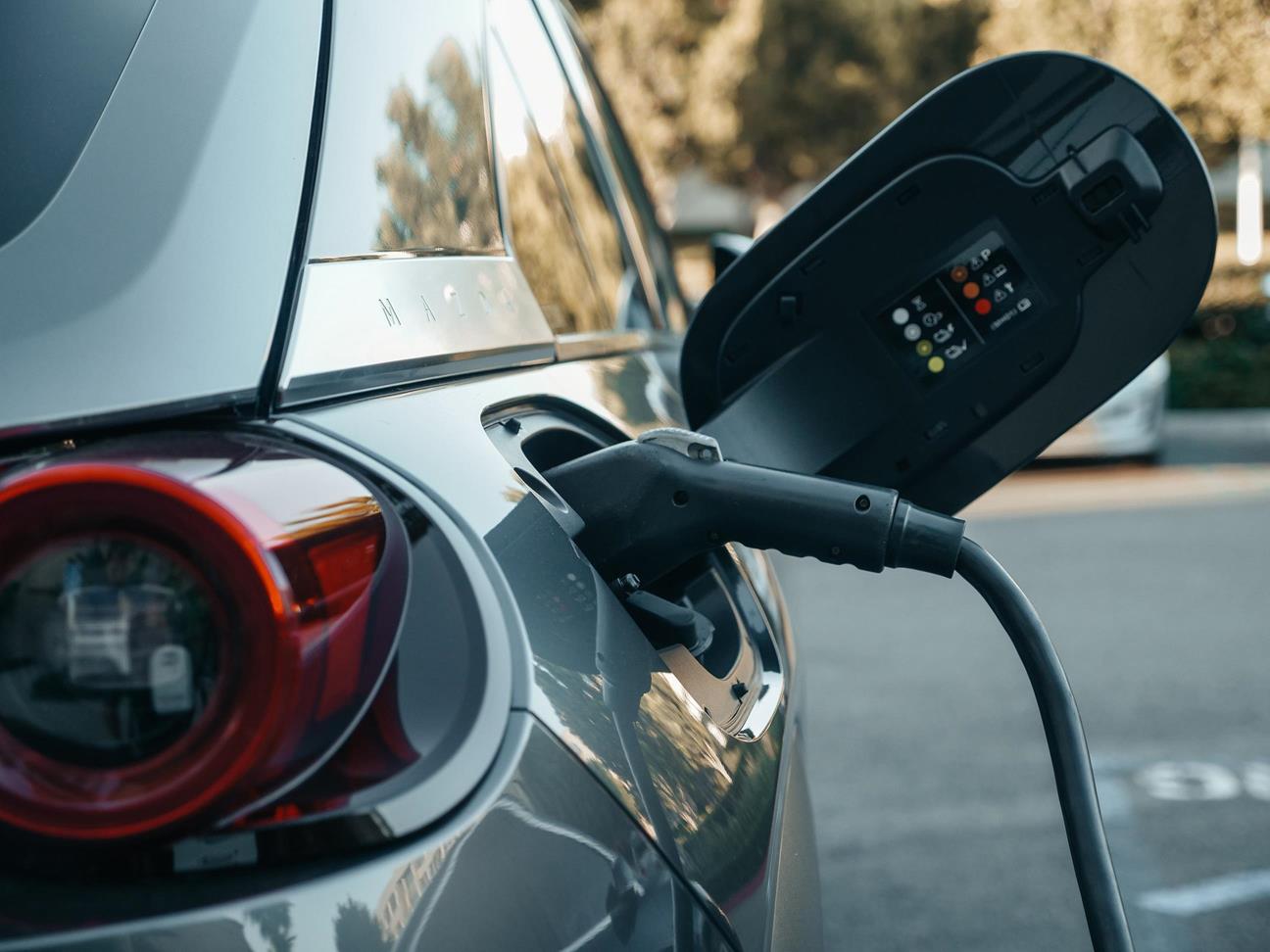Understanding the New National Construction Code Regulations for EV for EV Charging Infrastructure in Australian Car Parks

The National Construction Code (NCC) has introduced new requirements for EV charging infrastructure in carparks associated with certain building classes.
To make things easier, we’ve created a short YouTube video that summarises your most frequently asked questions.
Electrical distribution boards devoted to EV charging in parking lots for Class 2 buildings are required by the NCC to have the ability for every circuit to accommodate an EV charger that can provide a minimum of 12kWh every day from 11:00pm to 7:00am.
There are stricter criteria for Class 3 buildings. Every circuit on the electrical distribution boards needs to be able to accommodate an EV charger that can provide a minimum 48kWh everyday between 11:00pm and 7:00am. This is due to the fact that EV charging demand is frequently higher in Class 3 buildings – that is, hotels and motels – than in other building classes.
Electrical distribution boards for Class 5 to 9 buildings must be able to handle an EV charger that can provide a minimum of 12 kWh per circuit, every day, from 9:00am to 5:00pm. This is due to the fact that during the day, there is typically a greater demand for EV charging at these buildings, which contain offices and retail spaces.
The DB-EVs must also be sized to support the future installation of a 7 kW (32A) Type 2 EV charger in:
- 100% of carpark spaces associated with a Class 2 building
- 10% of carpark spaces associated with a Class 5 or 6 building
- 20% of carpark spaces associated with a Class 3, 7b, 8, or 9 building
It’s important to remember that stand-alone Class 7a buildings – which are defined as parking lots for public use, like commercial parking lots – are exempt from the rule.
The NCC further stipulates that electrical distribution boards intended for EV charging have to be equipped with a load management system that can schedule and regulate EV charging in response to the overall demand of the building. They must also have room for separate sub-circuit electrical metering so that the electricity used by EV charging devices can be tracked.
The overall goal of the NCC’s requirement modifications is to promote the installation of EV charging infrastructure in parking lots connected to buildings where people live permanently or frequently visit. Through ensuring that buildings have the infrastructure needed to charge EVs, the NCC seeks to encourage the use of EVs and advance environmentally friendly modes of mobility.
Since each Australian state and territory has its own adoption procedure, the NCC 2022 has been adopted in different ways. By mid-2023, it is anticipated that every state and territory will have ratified the NCC 2022. It’s crucial to keep in mind that certain jurisdictions may adopt the code with slight modifications or delayed start date. To find out the precise adoption date and any local modifications, get in touch with the appropriate authorities in your jurisdiction.
Examples of each class of building:
| Class of building | Type of building |
|---|---|
| 1 | Houses; standalone single dwellings of a domestic or residential nature |
| 2 | Apartment buildings; multi-unit residential buildings where people live above and below each other. May also be single storey attached dwellings with a common space below. |
| 3 | Residential buildings other than class 1 or class 2 buildings. Common place of long term or transient living for a number of unrelated people. E.g, boarding house, dormitory accommodation, etc. |
| 4 - part of a building | Sole dwelling or residence within a building of a non-residential nature. E.g, caretaker’s residence in a storage facility |
| 5 | Office buildings used for commercial or professional purposes |
| 6 | Place for the sale of retail goods or the supply or services direct to the public. Typically shops, restaurants and cafes. |
| 7 | Storage-type buildings. |
| 8 | Building in which a process is carried out for trade, sale or gain. I.e, factory |
| 9 | Buildings of public nature. I.e, hospitals, schools, aged care, etc. |
| 10 | Non-habitable buildings. I.e, sheds, carports, etc. |
See below for a summarised table on the different class of buildings:
Class Type of Building Charging Requirements Energy Required (kWh) Time Type of Charger Number of Spaces
2 Apartment Building 12 kWh from 11pm to 7am DAILY 12 11pm to 7am 7kW (32A) Type 2 100%
3 Boarding House, Guest House, Hostel, Dormitory 48 kWh from 11pm to 7am DAILY 48 11pm to 7am 7kW (32A) Type 2 20%
5 Office Buildings 12 kWh from 9am to 5pm DAILY 12 9am to 5pm 7kW (32A) Type 2 10%
6 Retail / Services to public - shops, restaurants, cafes 12 kWh from 9am to 5pm DAILY 12 9am to 5pm 7kW (32A) Type 2 10%
7a Carparks ** 12 kWh from 9am to 5pm DAILY 12 9am to 5pm 7kW (32A) Type 2 20%
7b Warehouse, storage buildings 12 kWh from 9am to 5pm DAILY 12 9am to 5pm 7kW (32A) Type 2 20%
8 Factory 12 kWh from 9am to 5pm DAILY 12 9am to 5pm 7kW (32A) Type 2 20%
9a Health care buildings - hospitals, clinics 12 kWh from 9am to 5pm DAILY 12 9am to 5pm 7kW (32A) Type 2 20%
9b Assembly buildings - Schools, universities, childcare, pre-schools, church, sporting facilities, night clubs, public transport 12 kWh from 9am to 5pm DAILY 12 9am to 5pm 7kW (32A) Type 2 20%
9c Aged Care 12 kWh from 9am to 5pm DAILY 12 9am to 5pm 7kW (32A) Type 2 20%
** DB-EV required on each storey of the carpark
Want to learn more? Contact us:
Phone: 1300 406 210
Email: sales@evse.com.au


